October 15, 2012
By Ofer Tirosh
20 Ideas for Halloween Costumes from Around the World
This year, instead of buying into all the Halloween costumes, which are usually overpriced and sold from a warehouse to as many people as possible (making it hard to have a unique costume), take some ideas from historical, traditional and cultural dress from the countries and cultures of our translators, as well as some of our clients. As a professional translation service, Tomedes has the opportunity to absorb bits and pieces of cultures, traditions, holidays, and more, from all over the world. So we thought, hey, why not suggest some of this cultural coolness as an alternative for 2012 Halloween costume ideas?
While there are some commercialized costumes that are loosely based upon ancient, historical or current world cultures and traditional dress - most are either chintzy, inaccurate, or so over-the-top exploitative that they're sold on fetish sites. If you want something unique this year, or a place to start for a 2012 Halloween costume idea, take a look at the collection of historical, cultural and traditional clothing compiled below, from around the world – they're bound to be better than yet another sexed-up kimono costume made so short and so tight its little more than a glorified belt.
While geisha and kimono costumes are nothing new to Halloween, there may be something said for going with the authentic route, rather than the mini-skirt geisha costumes that should come with an illegal warning if you intend to bend over in it. Below are some photos of different historical era Japanese kimonos.

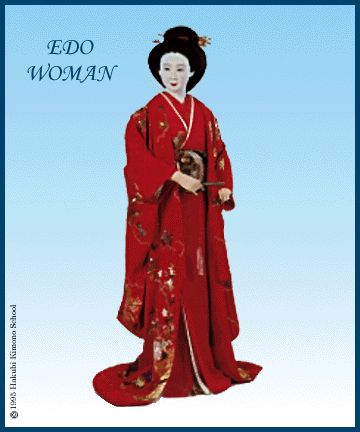
http://web.mit.edu/jpnet/kimono/history-yamato.html http://web.mit.edu/jpnet/kimono/history-edo.html
China is also a great country for costume inspiration, with its endless different regions and language dialects. These regional differences affect not just our professional Chinese translation services, but they also make for variations in regional Chinese culture and traditions. Featured below is a photo of an ethnic Monogolian bridal costume, from the Mongolian Inner Autonomous region of China. Beside it, some other traditional male and female costumes from earlier eras.

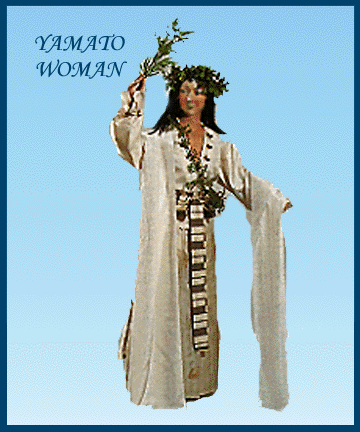
http://english.sina.com/life/p/2009/0721/257478.html http://web.mit.edu/jpnet/kimono/woman-bridal.html
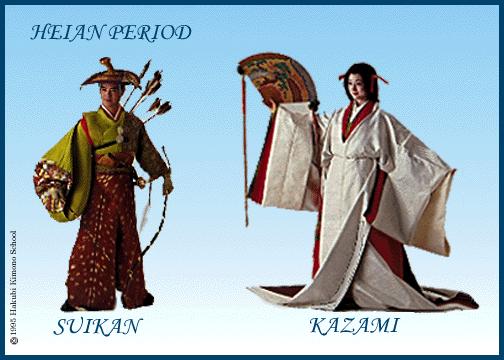
http://web.mit.edu/jpnet/kimono/history-heian4.html
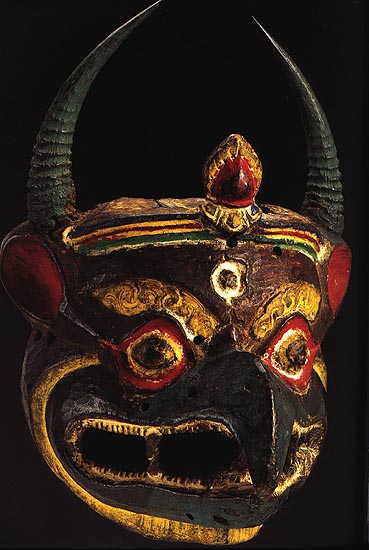 http://www.asianart.com/articles/murray/27.html
http://www.asianart.com/articles/murray/27.html
The above photo of the Garuda deity mask from 18th century Bhutan, courtesy of Don Tuttle images, also makes for a fittingly creepy and unique Halloween costume idea. The backstory of the Garuda mask revolves around a god with characteristics of an eagle and a man. Garuda had wings attached to arms, and because of his powers, was sometimes mistaken for the Fire God or the Sun God. Whoever manages to pull off a costume inspired by a cultural entity as cool as the Garuda - will definitely be winning some door prizes for this year's Halloween contests.
Eastern European and Russian Costumes
Russia has some very remote and interesting regions, where you can grab ideas from. The Nenet people of the Siberian Yemel Peninsula, are some of the most unique people in the world, because they still live off the land, so to speak. Below is a photo of a Nenet woman and her children, and next to that, a photo of a Siberian shaman costume – yep, Siberia still has shaman, in case you didn't know.
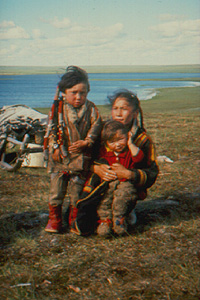
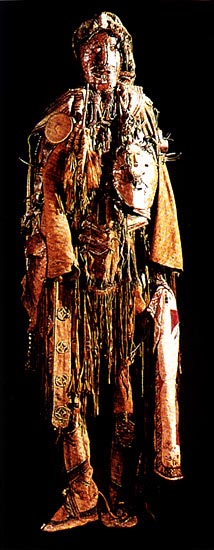
http://www.mnh.si.edu/arctic/html/culwom-k.html http://www.asianart.com/articles/murray/20.html
If you're thinking that the people in the photo above to the left look like the Inuit, you wouldn't be far off – they are distantly related, and they share quite a few similar words in their indigenous languages. Incidentally, individual Siberian tribes must use professional Russian translation as well, because each tribe has their own native language.
Speaking of Inuit, this culture also offers some great ideas for Halloween costume ideas. For instance, tribal dance costumes and masks:
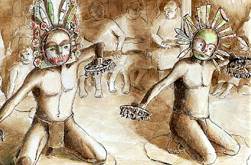
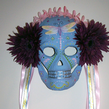
http://www.mnh.si.edu/arctic/features/fisher/dance06.html
Something like this would certainly be superior to another lame “Eskimo girl” costume, which usually consists of some short furry dress with a hood and a pair of Ugg boots.
If you want to go with something a bit more European, there are thousands of options, especially when you break them down according to time period and country. If you were planning on going for something a little sexy, then perhaps you could get some ideas from this 17th century Turkish entertainer/dancer costume:
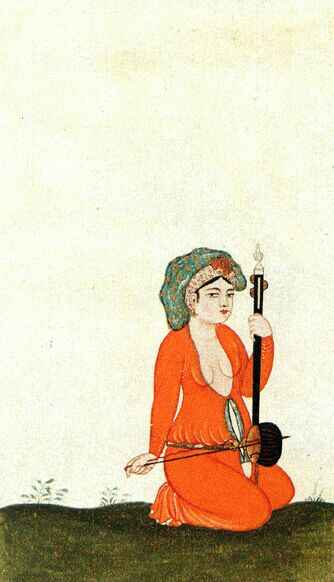 http://www.kismeta.com/diGrasse/Costume/Otto/Turkentertaimner.jpeg
http://www.kismeta.com/diGrasse/Costume/Otto/Turkentertaimner.jpeg
Scandinavian, Polish and French Costumes
Moving into other regions of historical Europe, we have Polish and French 17th century dresses. Interestingly enough, sometimes they were the same thing, as many Polish elite wore French fashions of their era. Here's an example of a Polish 17th century costume, which is actually French in its design, and next to it, an elite or royal dress from the same era in Poland.

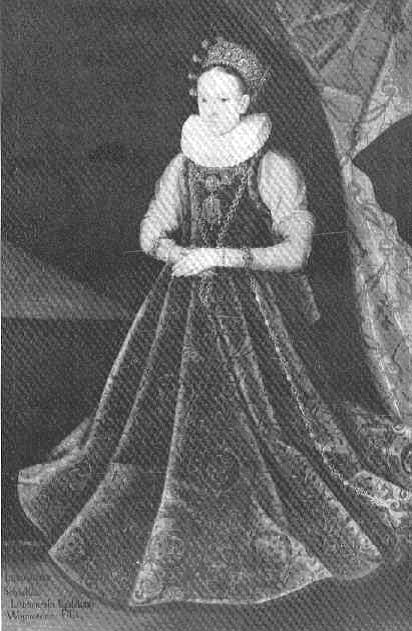
http://www.kismeta.com/diGrasse/Costume/Ubior/119.jpg
http://www.kismeta.com/diGrasse/Costume/Ubior/P49.jpg
Moving onto Scandinavian regions of the old country, we can see traditional costumes of Denmark, circa 1750, and current day traditional costumes of Norway, worn for special occasions and holidays.
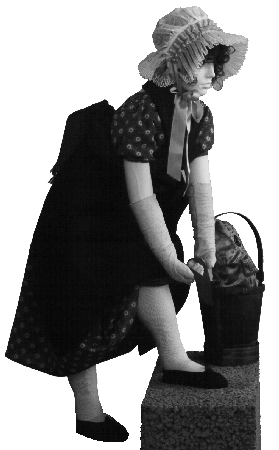
http://www.kultunaut.dk/FolkCostume/hvordan.html
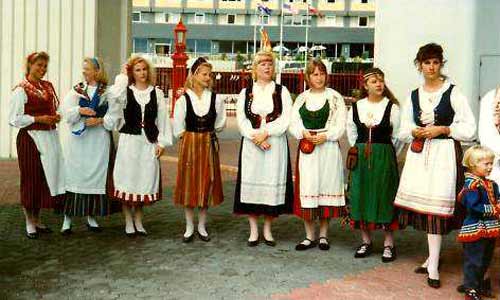
http://www.norway-hei.com/norwegian-national-costumes.html
Halloween = Dia de los Muertos in Spanish Translation.. Some of the most creative Halloween costume ideas are those influenced by similar holidays in other cultures. Latin America's Dia de los Muertos, which in a Spanish to English translation means “Day of the Dead,” is made festive with an array of skeleton costumes, white ghostly face painting, and death masks. The Day of the Dead is celebrated in Latin America to honor the ancestors of the land, but is also traditionally believed to be the night when spirits roam free among the earth. Since not all spirits are believed to be friendly, the living dress up like the dead, in order to disguise themselves. Some of these costumes can get pretty outrageous – but are very cool. Also below is a photo of a native Ecuadoran tribal costume, Mayan and other indigenous South American tribal dress. costumes are also a great idea, and can be found easily with a simple search online.

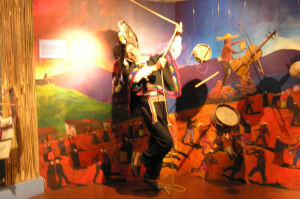
http://en.wikipedia.org/wiki/File:Catrinas_2.jpg
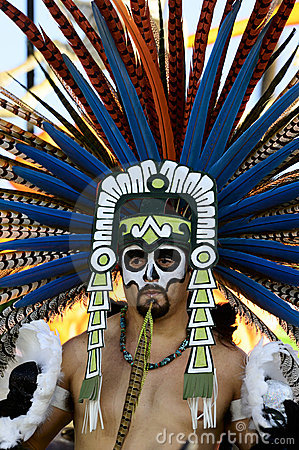 http://www.dreamstime.com/stock-photos-el-dia-de-los-muertos-image11791283
http://www.dreamstime.com/stock-photos-el-dia-de-los-muertos-image11791283
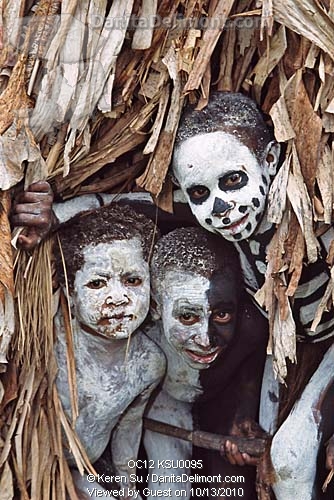
Hebrew Translation of Halloween? Purim. The Jewish holiday equivalent to Halloween is known as Purim, which comes from the Torah story of Queen Esther and her guardian, Mordechai, both of whom risked their lives to save their Hebrew people, and so established the festive holiday - Purim. Most costumes are similar to what you would find on Halloween, minus the ghouls and witches and vampires. Here are a few examples of festive Purim children, with a very cute, creative (and inexpensive) idea, whether for Purim or Halloween.
 http://www.chabad.org/kids/purim/costume/browse_cdo/v/top
http://www.chabad.org/kids/purim/costume/browse_cdo/v/top
These are all just a small fraction of the kinds of 2012 Halloween costume ideas you can collect just by taking a look at cultural histories and traditions of the professional translators at our translation company. Unique costumes get harder and harder to come by, and often even when you think you've got a bitchin' idea, you find out so-and-so did that last year, or, even worse, no one bloody knows what you're supposed to be. This year, try digging deeply into the wardrobes of a foreign or ancient (or anciently foreign) culture – our guess is you'll love the costume you find.
Why choose us

24/7 Human Support

1 Year Guarantee

95,000 Business Customers